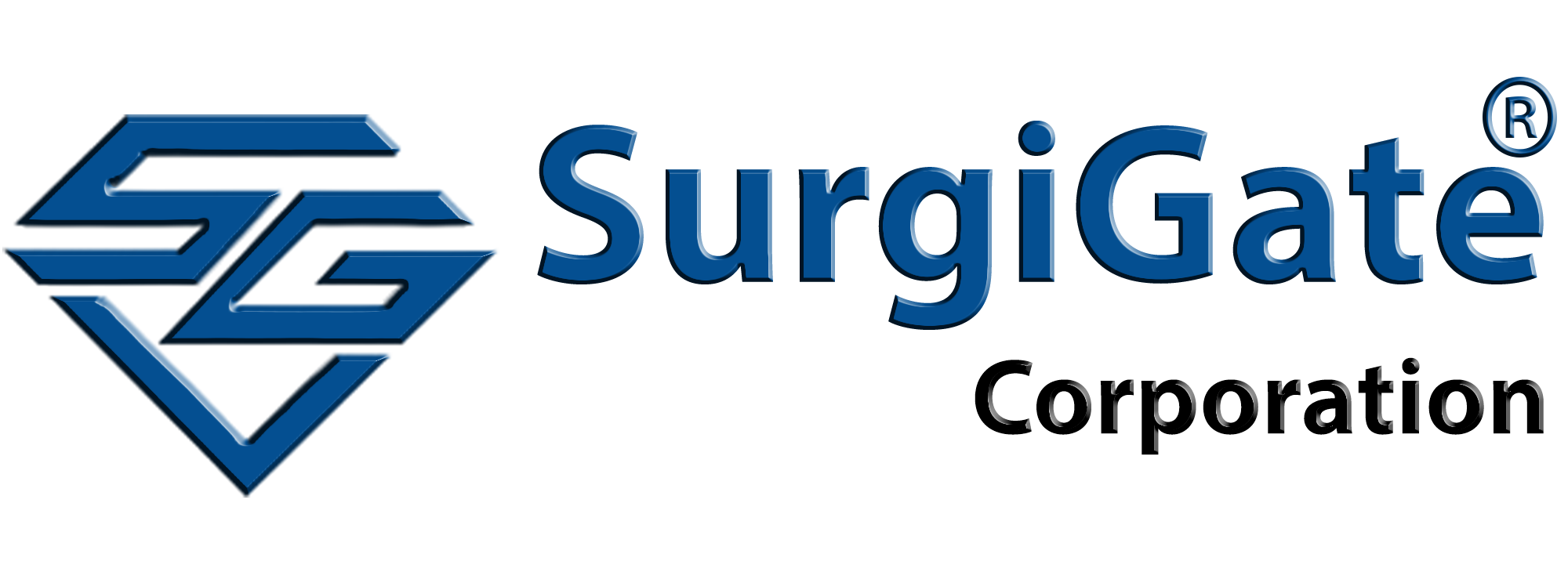Introduction
Dental health is a crucial aspect of overall well-being. Understanding the instruments used in dental procedures, especially in filling teeth, empowers individuals to make informed decisions about their oral care. This comprehensive article dives into the tools, materials, procedures, and innovations surrounding dental fillings.
Overview of Dental Fillings
Dental fillings are vital in treating cavities and restoring damaged teeth. The procedure involves removing decayed portions of a tooth and filling the space with suitable materials to prevent further deterioration. The choice of instruments plays a pivotal role in the success of the filling process.
Dental Instruments
Traditional Tools vs. Modern Technology
Dentistry has evolved, embracing modern technology alongside traditional tools. Traditional instruments like dental picks and excavators are still valuable, but advancements like laser technology and air abrasion systems offer precise and minimally invasive alternatives.
Materials Used
Common Dental Filling Materials
LSI Keywords: dental amalgam, composite resin, glass ionomer
Dentists use various materials for fillings, each with its unique benefits. Dental amalgam, composed of mercury, silver, tin, and copper, has been a traditional choice. However, composite resins and glass ionomers are gaining popularity due to their aesthetic appeal and tooth-matching qualities.
Procedure
Step-by-Step Filling Process
Understanding the dental filling process is crucial for patients. The dentist begins by numbing the area, then uses a drill to remove decay. After cleaning the cavity, the chosen filling material is applied and shaped. Modern instruments ensure precision and efficiency throughout the procedure.
Advancements
Latest Innovations in Dentistry
LSI Keywords: laser dentistry, air abrasion systems, 3D printing in dentistry
Recent innovations in dentistry include laser technology for precise cavity preparation, air abrasion systems that eliminate the need for drills, and 3D printing for customized fillings. These advancements enhance patient comfort and contribute to more efficient dental procedures.
Exploring Dental Instruments
Drill: The Primary Instrument
Dental drills are the primary instruments used in filling teeth. They come in various types, each serving specific purposes in the dental filling process.
Types of Drills
LSI Keywords: high-speed dental drill, air turbine drill, electric handpiece
High-speed dental drills, air turbine drills, and electric handpieces are common types. High-speed drills efficiently remove decay, while air turbine drills reduce vibration, enhancing patient comfort. Electric handpieces offer precision and control during cavity preparation.
Safety Measures
Ensuring Patient Safety
Safety is paramount during dental procedures. Dentists follow strict protocols to minimize risks, including proper sterilization of instruments, wearing protective gear, and ensuring patients are informed about the procedure and potential risks.
Patient Experience
What to Expect During the Procedure
Patients often wonder about the experience of getting a dental filling. While the process may seem daunting, advancements in dental instruments and techniques have significantly reduced discomfort. The use of local anesthesia ensures a pain-free experience, and the procedure is relatively quick.
Conclusion
In conclusion, understanding the instruments used in filling teeth empowers individuals to make informed decisions about their oral health. Dental fillings are a common and effective way to address cavities, and advancements in instruments contribute to a more comfortable and efficient experience. Prioritize your dental health, and remember, a confident smile begins with well-cared-for teeth.
